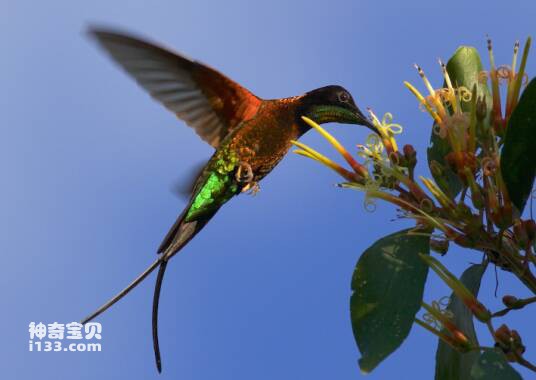
Topaza pyra
Topaza pyra,Fiery Topaz
The specific habits of the Fiery red-tailed hummingbird (Fiery Topaz, Topaza···
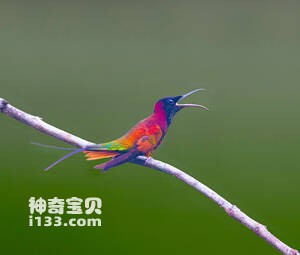
Topaza pella
Topaza pella
The red-tailed hummingbird Topaza pella feeds on a variety of nectar and sma···
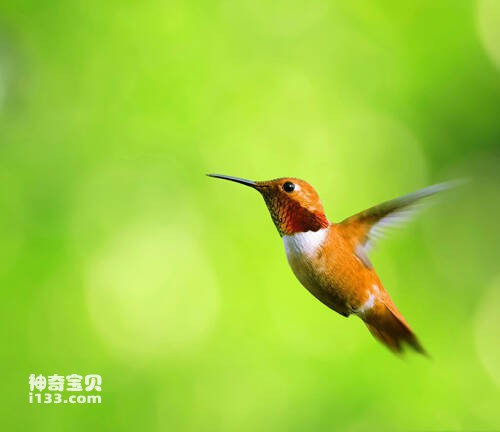
Tilmatura dupontii
Tilmatura dupontii,Sparkling-tailed Hummingbird
The flame-tailed Hummingbird is known as Tilmatura dupontii and Sparkling-ta···
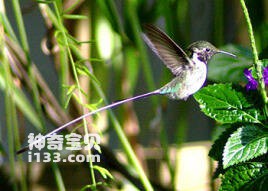
Thaumastura cora
Thaumastura cora,Peruvian Sheartail
The scientific name of the hummingbird is Thaumastura cora, a Peruvian Shear···
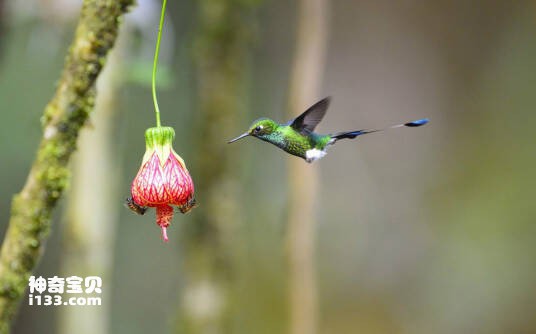
Thalurania watertonii
Thalurania watertonii,Long-tailed Woodnymph
Thalurania watertonii and Long-tailed Woodnymph are unknown.Protect wild ani···
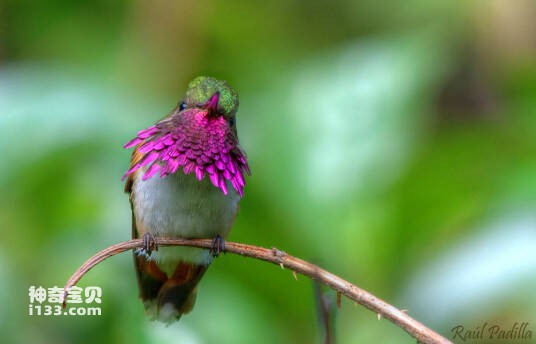
Thalurania ridgwayi
Thalurania ridgwayi,Mexican Woodnymph
Thalurania ridgwayi, Mexican Woodnymph, is a hummingbird with unknown habits···
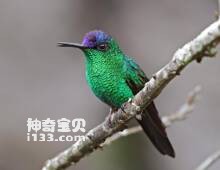
Thalurania glaucopis
Thalurania glaucopis,Violet-capped Woodnymph
Thalurania glaucopis and Violet-capped Woodnymph are unknown.Protect wild an···
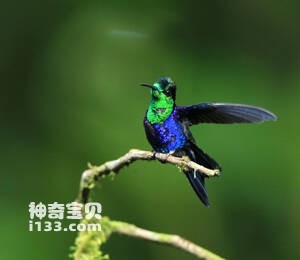
Thalurania furcata
Thalurania furcata,Fork-tailed Woodnymph
Thalurania furcata, or Fork-tailed Woodnymph, is an unknown species.Protect ···
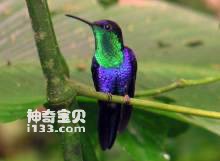
Thalurania colombica
Thalurania colombica,Blue-crowned Woodnymph
Thalurania colombica, also known as Blue-crowned Woodnymph, is unknown.Prote···
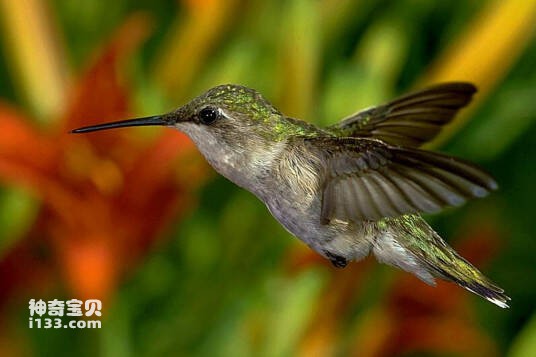
Taphrolesbia griseiventris
Taphrolesbia griseiventris,Grey-billed Comet
Taphrolesbia griseiventris, or Grey-billed Comet, is unknown.Protect wild an···
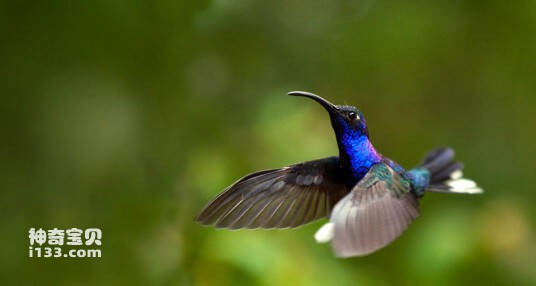
Sternoclyta cyanopecta
Sternoclyta cyanopecta,Violet-chested Hummingbird
The violet-breasted Hummingbird's scientific name is Sternoclyta cyanope···
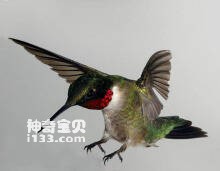
Stellula calliope
Stellula calliope,Calliope Hummingbird
The star Hummingbird is known as Stellula calliope and Calliope Hummingbird.···
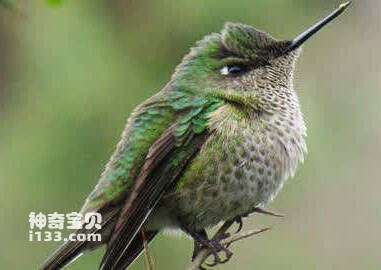
Sephanoides sephanoides
Sephanoides sephanoides,Green-backed Firecrown
The hummingbird's scientific name is Sephanoides sephanoides, and its fo···
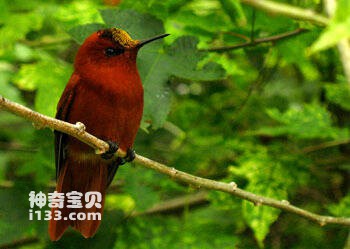
Sephanoides fernandensis
Sephanoides fernandensis,Juan Fernandez Firecrown
The fire-crowned hummingbird (Sephanoides fernandensis, Juan Fernandez Firec···
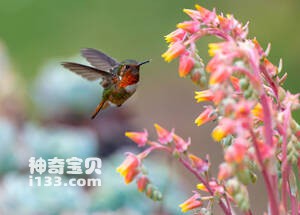
Selasphorus scintilla
Selasphorus scintilla,Scintillant Hummingbird
Scientific name Selasphorus scintilla, foreign name Scintillant Hummingbird,···
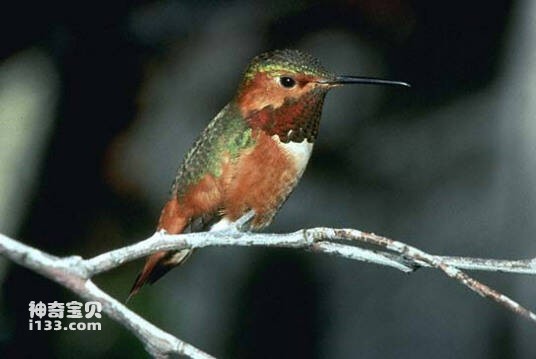
Selasphorus sasin
Selasphorus sasin,Allen's Hummingbird
The Hummingbird's scientific name is Selasphorus sasin, and its foreign ···
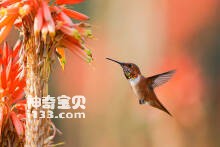
Selasphorus rufus
Selasphorus rufus,Rufous hummingbird
The Rufous hummingbird (Selasphorus rufus) is a small and medium-sized hummi···
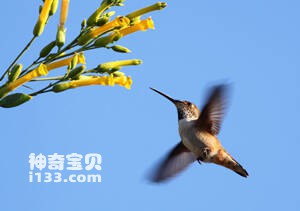
Selasphorus platycercus
Selasphorus platycercus,Broad-tailed Hummingbird
Its scientific name is Selasphorus platycercus, its foreign name is Broad-ta···
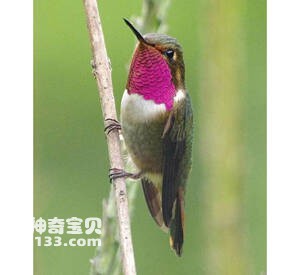
Selasphorus flammula
Selasphorus flammula,Rose-throated Hummingbird
The bird's scientific name is Selasphorus flammula, and its foreign name···
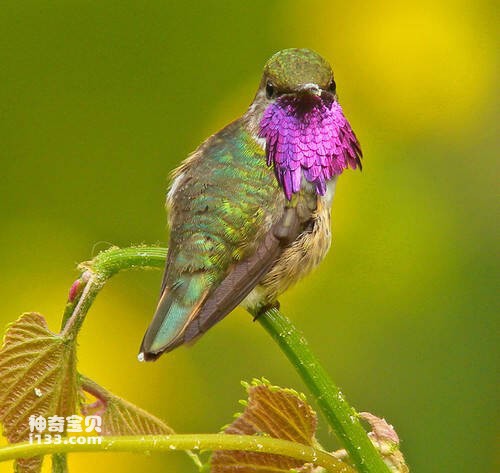
Selasphorus ardens
Selasphorus ardens,Glow-throated Hummingbird
Scientific name Selasphorus ardens, foreign name Glow-throated Hummingbird, ···
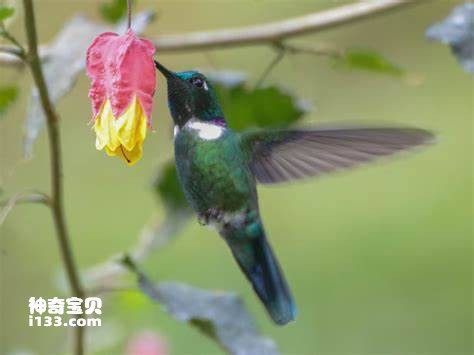
Augastes geoffroyi
Augastes geoffroyi,Wedge-billed Hummingbird
The Wedge-billed Hummingbird Augastes geoffroyi or wedge-billed hummingbird ···
